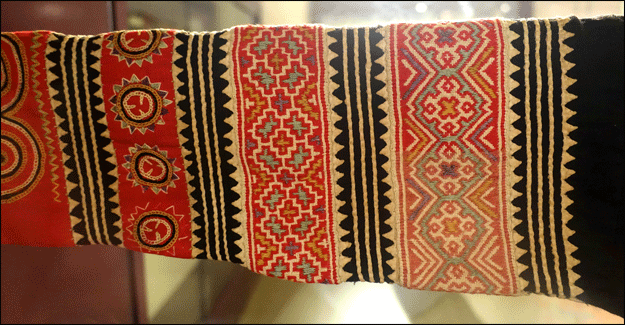Despite US Opting Out Of TPP Vietnam Remains Hot FDI Destination For Textile Sector
Despite US Opting Out Of TPP Vietnam Remains Hot FDI Destination For Textile Sector

There has been no visible impact of the United States opting out of the Trans Pacific Partnership agreement (TPP) as Vietnam continues to be the favorite destination for foreign investors when it comes to textile production Vietnam’s textile factories are bustling with activity and are performing to full installed capacity as of now.
In fact there is significant evidence that several hundred-million USD worth textile production goods and infrastructure are in place and anticipating future expansion in the days to come. Key investors like the TAL group of Hong Kong and brands like VanHeuseen have rooted themselves deeper in Vietnam.
In fact, the tremors that arose globally after US President Donald Trump decided to opt out of the TPP have by and large proved unfounded when it comes to the textile business and industry in Vietnam. This is so, despite the expectations that had risen earlier when the TPP was still in place and Vietnam was slated to be the most attractive destination for sourcing textiles.
Statistics made available to the media indicate that FDI on Vietnamese textiles has risen by a healthy 6 per cent compared to the previous fiscal year. The figures for the first five months of the current year stood at USD 6.15 billion.
Industry experts opined that the foreign investors were attracted by Vietnam’s cheap labor besides its positive performance when it comes to handling middle-level management and maintaining work ethics. In addition, the Vietnamese government has contributed handsomely by framing a favorable policy to attract investments.
Most investors opined that they had not changed their decision to outsource to Vietnam or invest in Vietnam after Trump’s decision to withdraw from TPP, as they found they still had compelling reasons to do business in Vietnam.
For example, the monthly wages for garment workers in Vietnam were fare more attractive than that of China. The monthly wages on the Vietnamese side were USD 450 lesser than the Chinese. When considered at a macro level, this stark difference gets amplified into savings of millions of dollars.
This favorable equation has resulted in Vietnam having the sixth biggest trade surplus over the United States in the currently concluded year.



 textileexcellence
textileexcellence 







